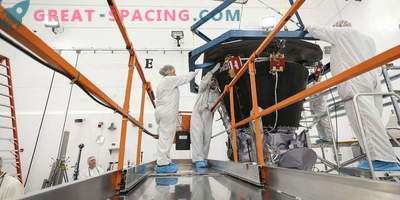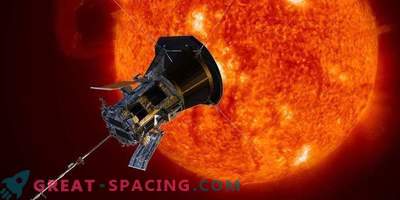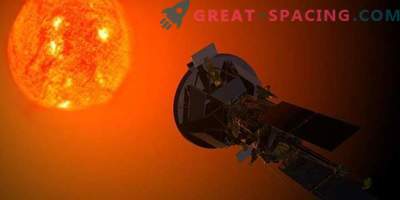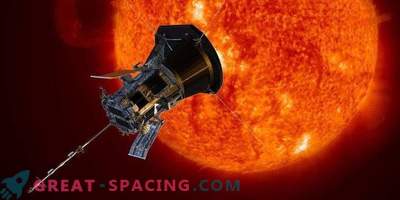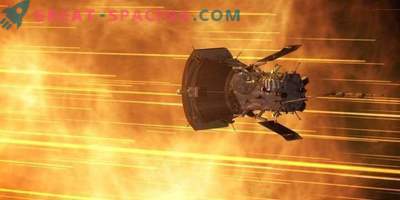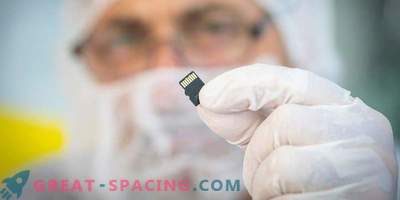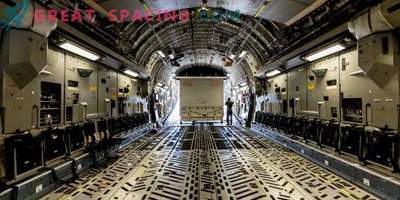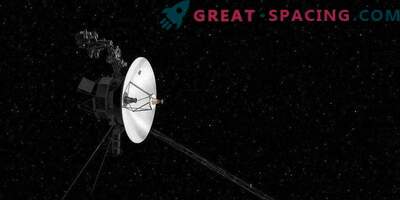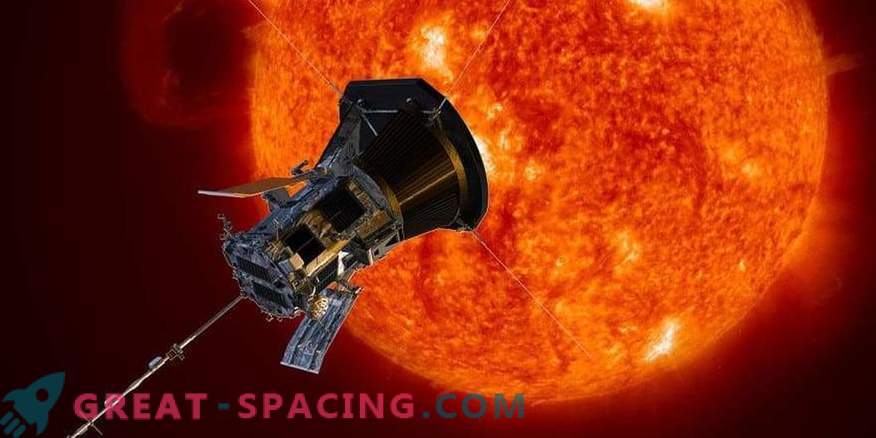
X-ray flow from the Sun, demonstrated by NASA NuSTAR spectroscopic telescope, superimposed on the image from the Observatory of solar dynamics
The first spacecraft, which will go straight to the Sun, is ready to start on August 11. He is going to plunge into the star atmosphere and reveal the secrets of the center of the solar system. The cost of the Parker planetary solar probe reached $ 1.5 billion. The launch will take place on the Delta-4 rocket from Cape Canaveral (Florida) in a 65-minute launch window.
He will come closer to the Sun than any other apparatus in order to reveal the secrets of the crown (an unusual atmosphere around the star). In this area, the solar wind should accelerate with a demonstration of powerful magnetic fields.
The corona is not only 300 times hotter than the solar surface, but also releases powerful plasma and energy particles that can lead to geomagnetic space storms, destroying the planet and disrupting the operation of power systems. But these solar flares are still poorly understood.
Studies from the Parker solar probe will improve the system for predicting the solar wind and the consequences of its action. A comprehensive knowledge of wind and space storms will help protect future space researchers traveling to the Moon or Mars.
Stash with secrets
The probe is protected by a super-powerful heat shield with a thickness of 11.43 cm. The shield will allow to withstand a close approach to the star within 6.16 million km from the solar surface. The heat shield is designed to withstand radiation equivalent to 500 times the impact on the Earth. In the area where the temperature warms up more than a million degrees Fahrenheit, sunlight will warm the screen to only 2500 (1361 ° C).
Hot? Yes, but if everything functions as planned, the inner part of the spacecraft will remain at 85 degrees Fahrenheit. The purpose of the probe is to make 24 passes through the crown during the 7-year mission. The sun hides many secrets, and the new payload will allow them to reveal.
91-year-old namesake
The instruments on board will be taken to measure the expanding corona and the constantly flowing atmosphere (the solar wind), which Eugene Parker first described in 1958. Parker is now 91 years old, and he recalls that at first no one believed in his theory. However, in 1962, the Mariner-2 spacecraft was launched, which confirmed the presence of the solar wind. Parker also noted that he was impressed by the complex design of the probe of the same name. Scientists have dreamed of building such a device for more than 60 years, but only in recent years has the heat shield technology advanced enough to protect sensitive instruments. The instruments will begin measuring high-energy particles associated with flares and coronal mass ejections, and will also study the varying solar magnetic field.
It is planned to listen to plasma waves and use a thermal imager to extract pictures of the atmosphere right in front of the Sun. When approaching a star, the probe will move at high speeds - 430,000 miles per hour. This mark is enough to get from New York to Tokyo in 1 minute.
